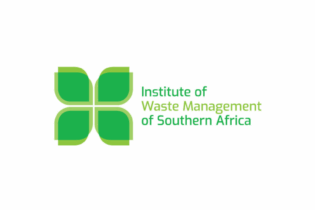Containing stormwater on mining property in line with the Water Act of 1998 has been an important way for South African mines to reduce their impact on the environment, according to SRK Consulting’s principal hydrologist, Peter Shepherd.
“The Water Act highlights the need to conserve water but it also lays down strict regulations on the discharge of contaminated water into the environment,” said Shepherd. “For the mining sector, this has required more effective control of stormwater – one of the main catalysts of contaminated discharge from mining areas.” A key aspect of an effective stormwater control strategy is to isolate dirty water sources, such as workshop areas where oil may become mixed with surface water. Monitoring is also vital, to quickly establish the point and extent of any spillage from containment areas. The water law has also forced mines to focus on floodlines on or near their properties.In the context of climate change, mines also need to pro-actively anticipate more frequent flood occurrences, which may even exceed previous record levels. “To comply with the law, mines’ stormwater control strategies must also address the safety of others such as surrounding communities or downstream areas,” said Shepherd. “Flooding of tailings dams is a particular risk in this regard, and is strictly enforced by the Department of Water Affairs Dam Safety Office.”
He emphasised that it is not only external stakeholders that benefit from better stormwater control – better control mechanisms benefit the mines directly, as their own infrastructure is better protected.








